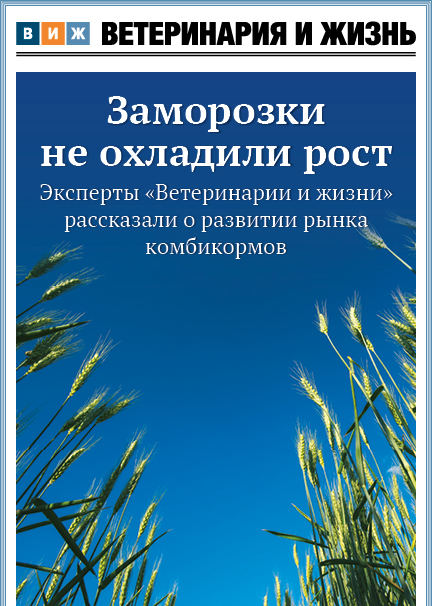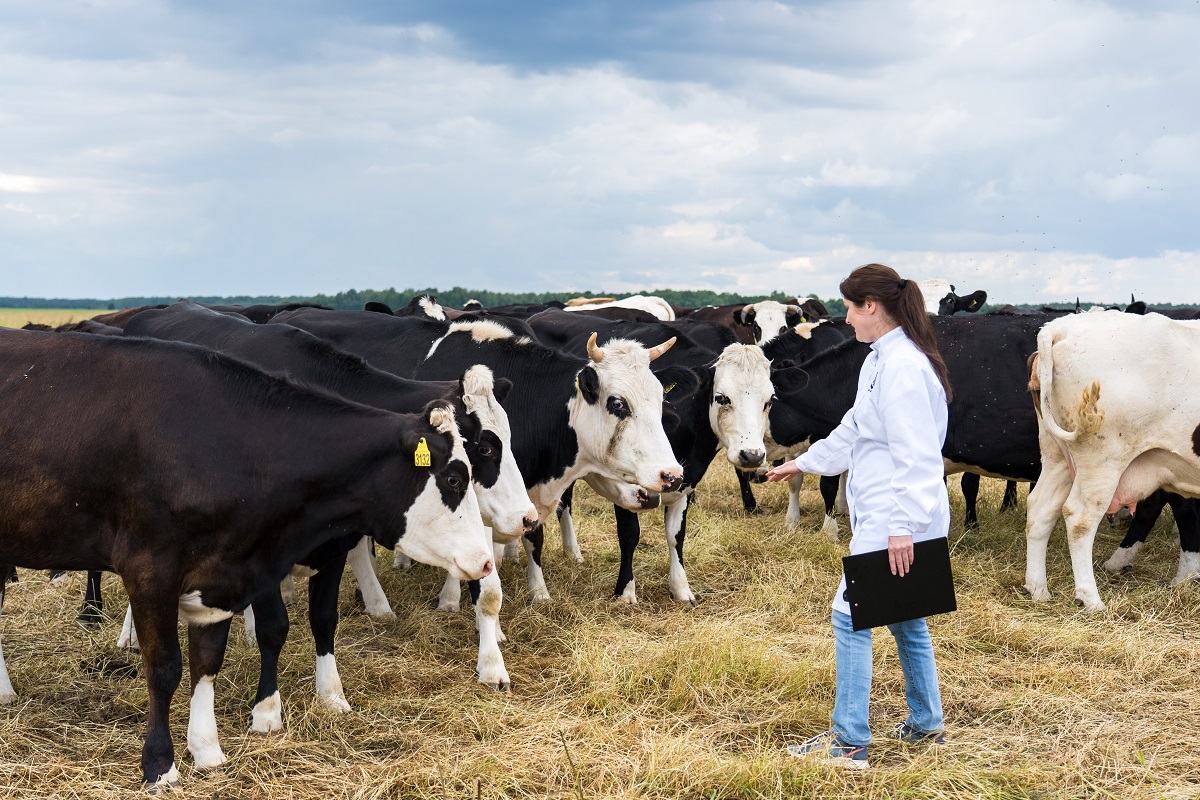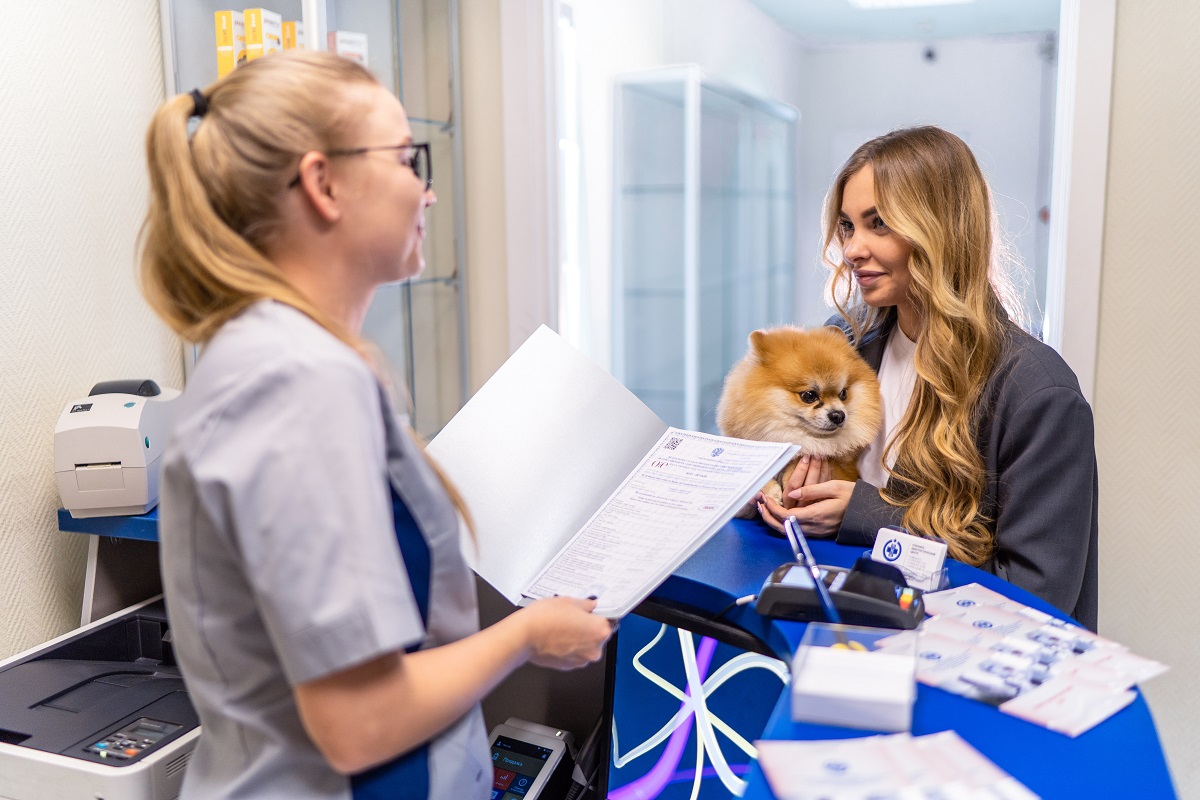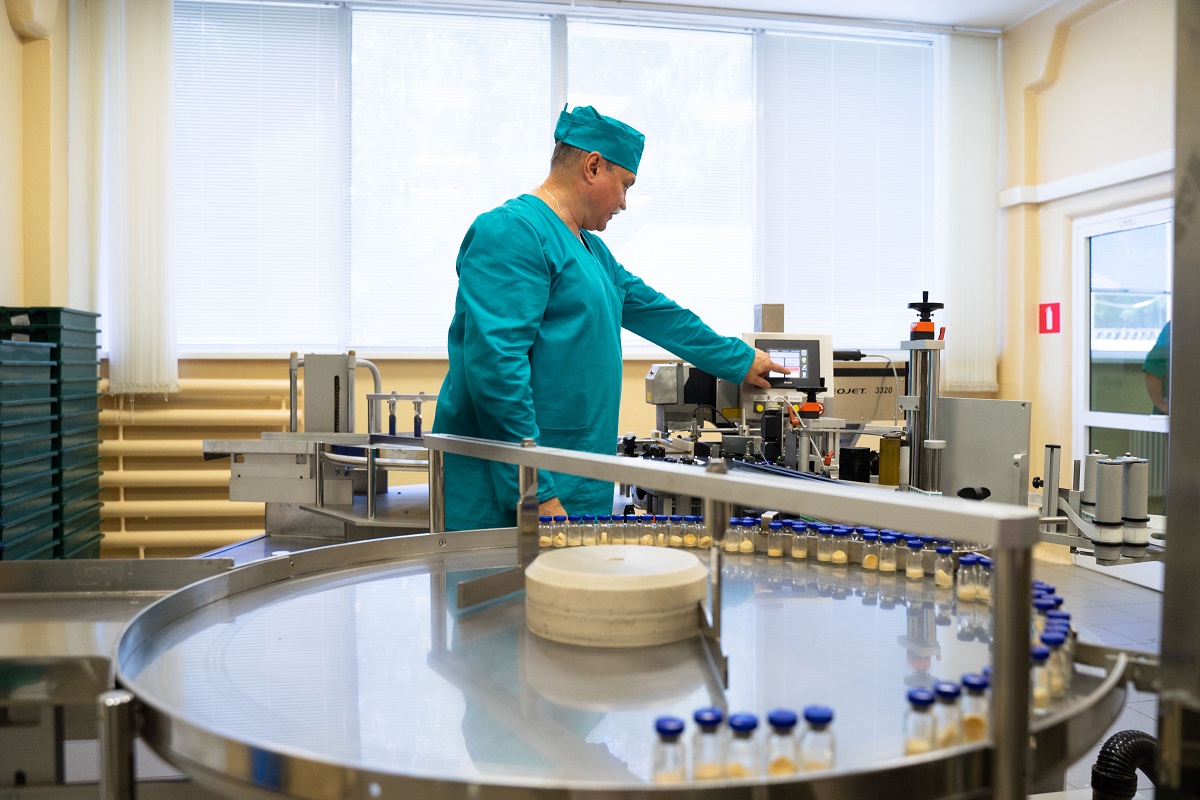The draft document contains proposals for amendments to be made to the government decree on national veterinary surveillance, aiming to classify all facilities involved in the keeping and breeding of animals as high-risk and extremely high-risk production.
The federal national veterinary control is managed by Rosselkhoznadzor, which has assigned risk categories to 37,000 agricultural businesses. Among them, 2,023 objects have been classified as extremely high-risk, and 1,893 as high-risk facilities. This data is detailed in the explanatory note to the draft.
It is emphasized that the most significant veterinary risks are associated with settings where farm animals are kept and bred. “Due to the occurrence of contagious animal diseases, including those common to both humans and animals,” states the explanatory note.
Last year, a total of 462 outbreaks of brucellosis were reported among cattle and small ruminants, along with the identification of 56 zones affected by highly pathogenic avian influenza (HPAI). Consequently, over 1.1 million birds had to be culled, resulting in damages amounting to 753.5 million rubles.
The Ministry of Agriculture emphasizes that the spread of infectious animal diseases was mostly caused by violations of mandatory veterinary requirements. “In particular, concealment of animal deaths, lack of proper fencing to prevent contacts with wild animals, violations in the disposal of biological waste, and the absence of disinfection of vehicles and equipment at production facilities,” the ministry explained.
Furthermore, violations were identified in high biocontainment production facilities. “Thus, in 2021, cases of particularly dangerous animal diseases were revealed in 13 large livestock production facilities with III or IV compartment levels. In 2022, such cases were detected in 7 of those facilities,” states the explanatory note.







